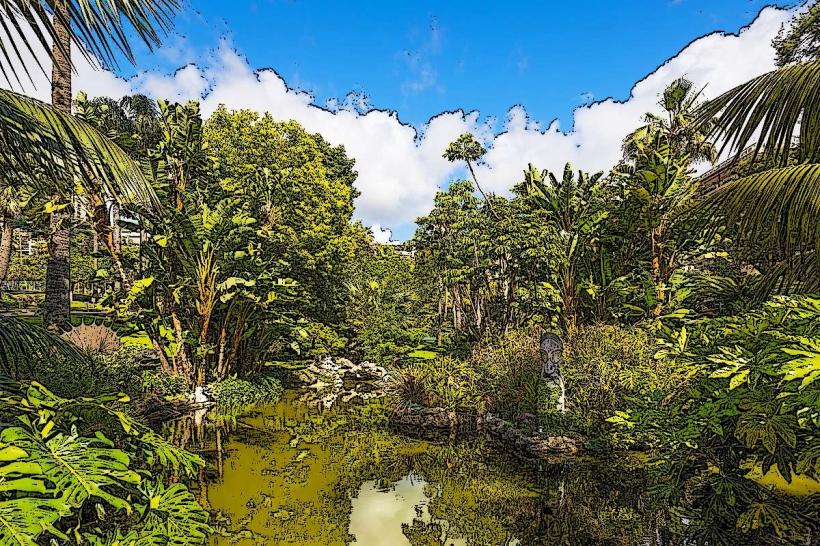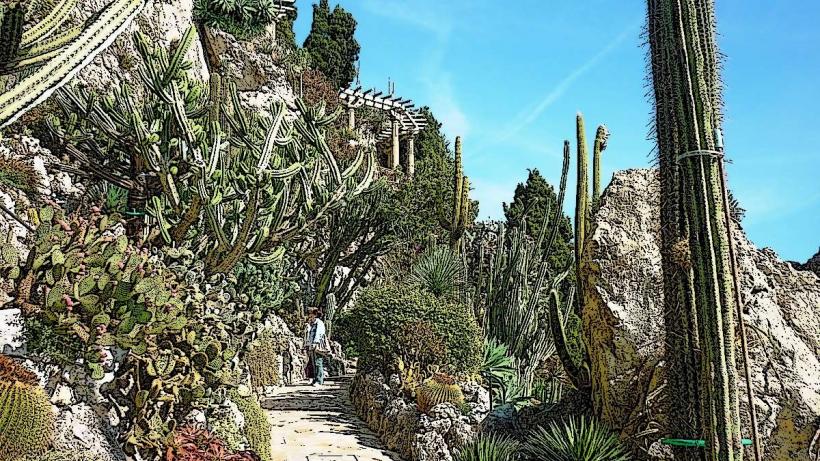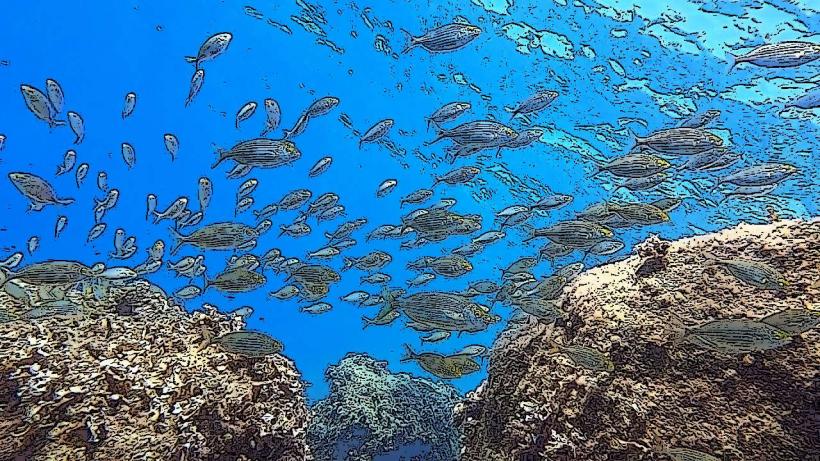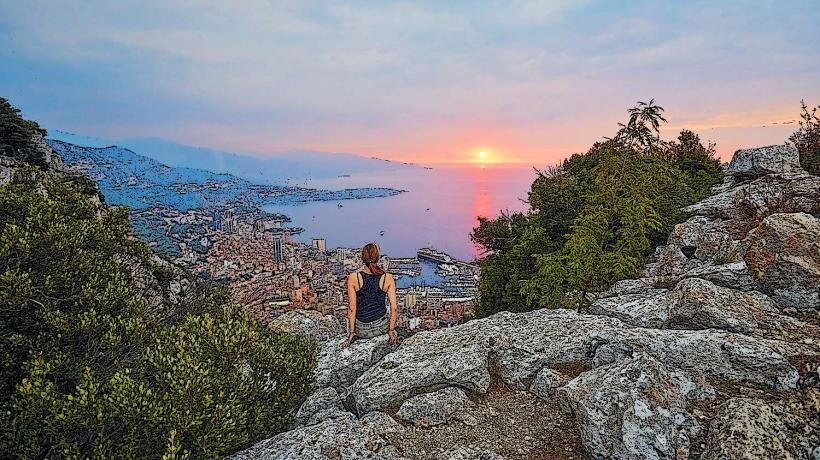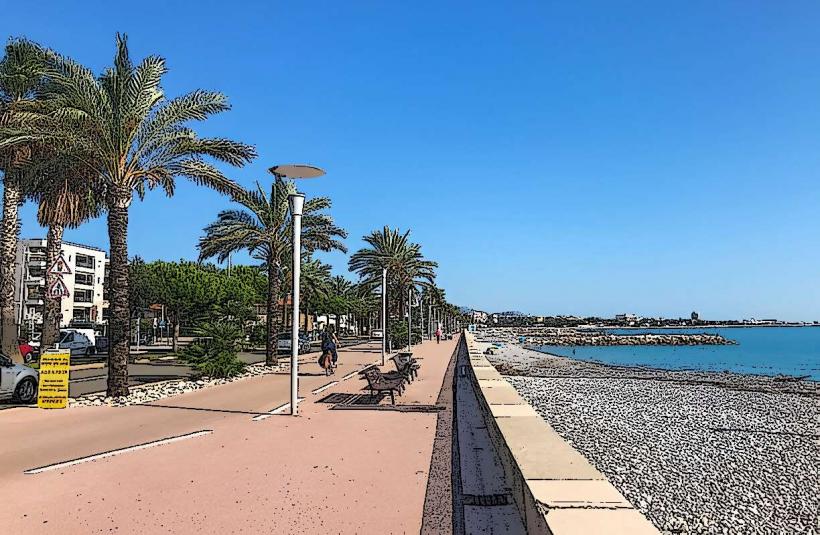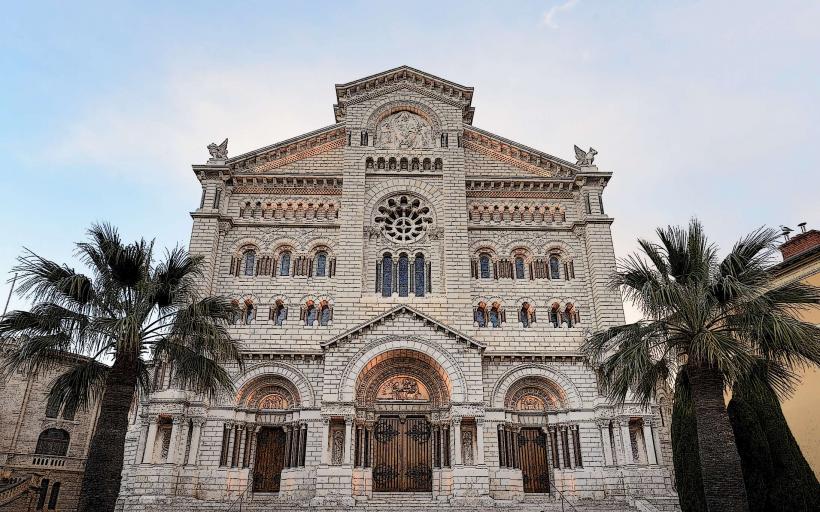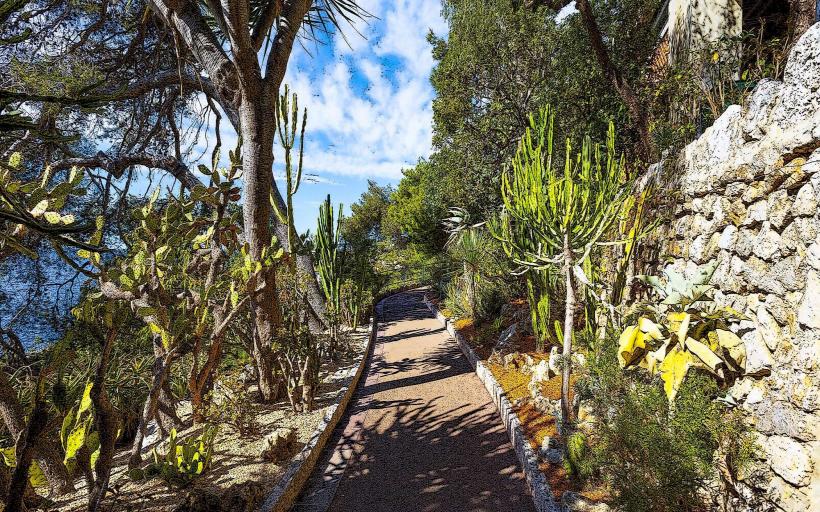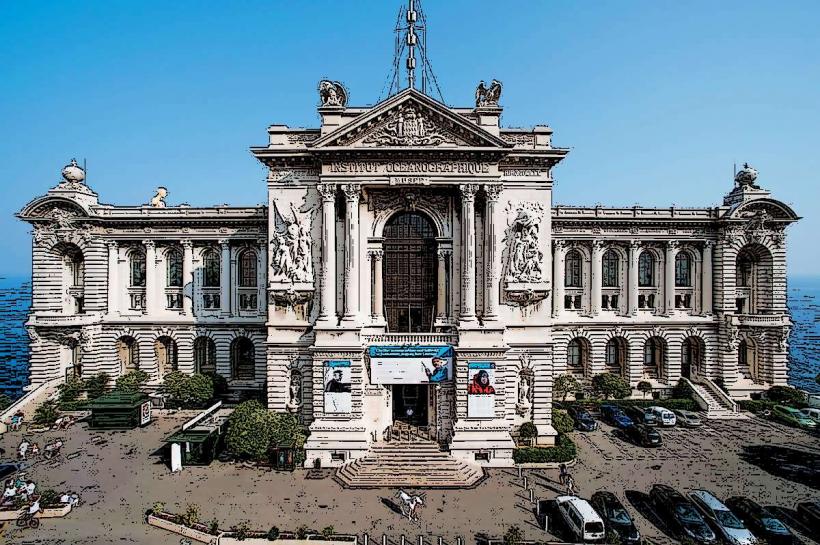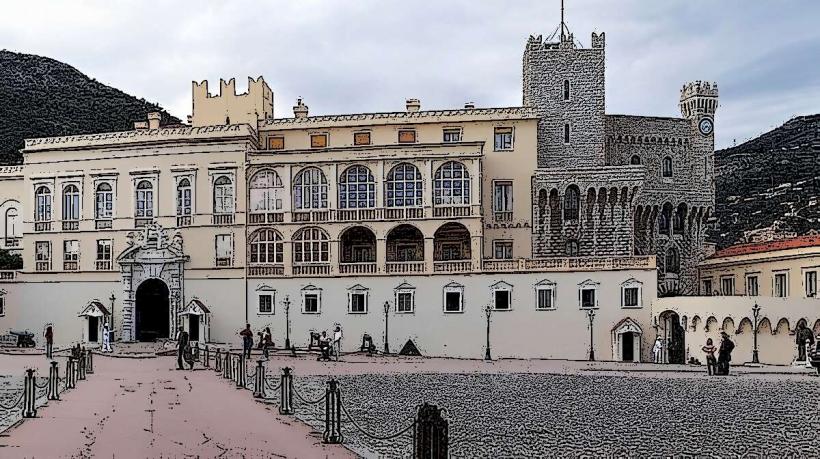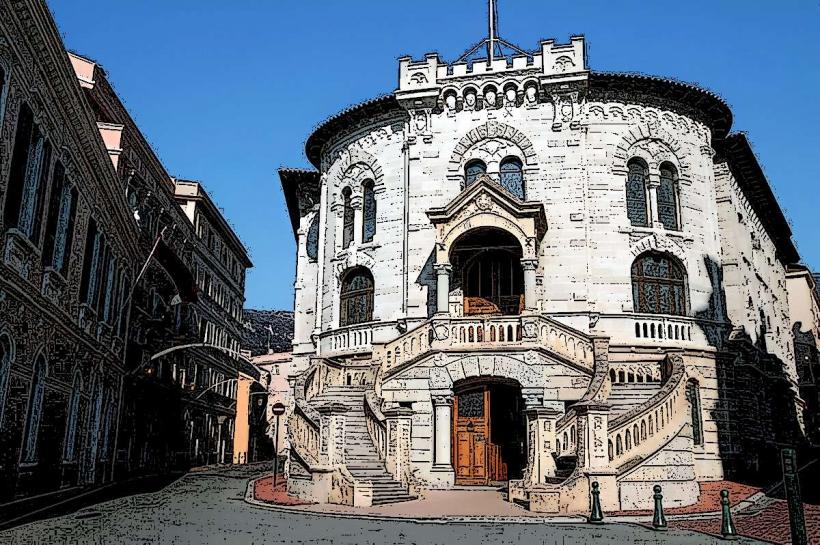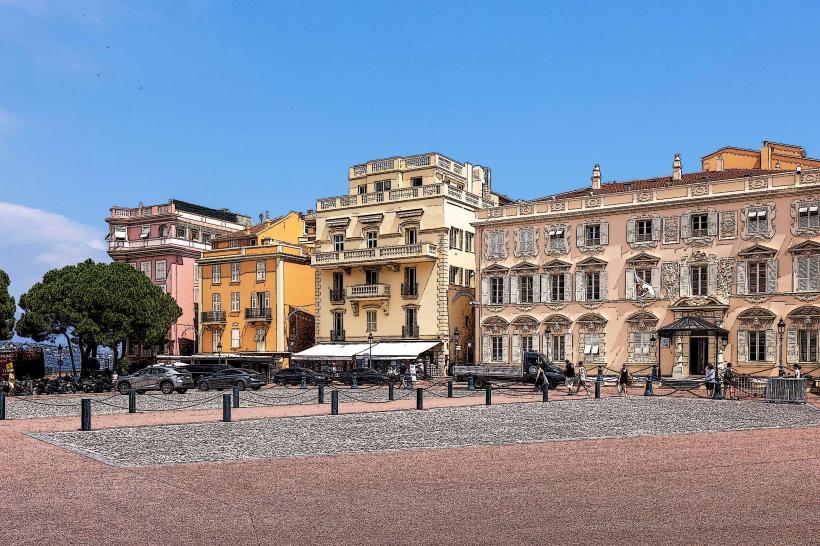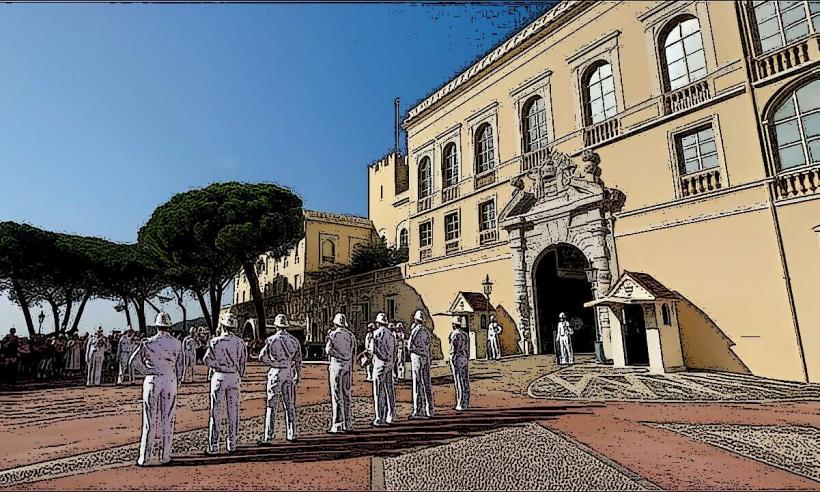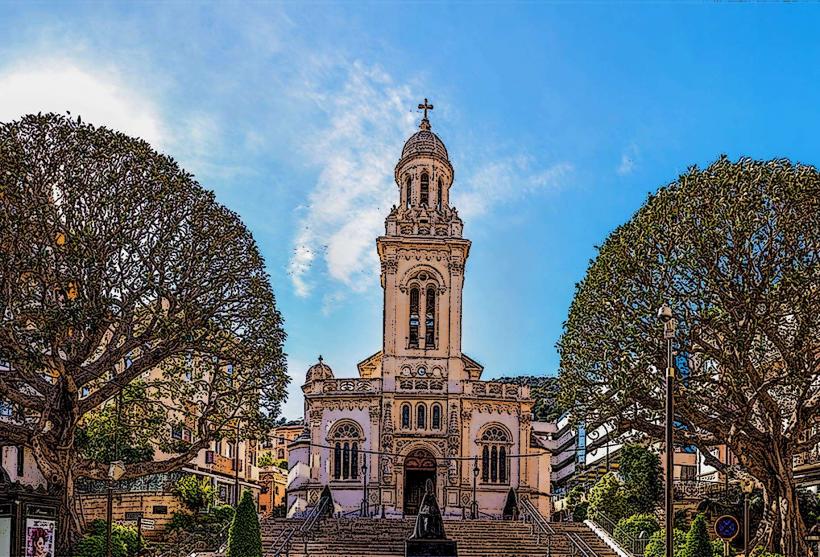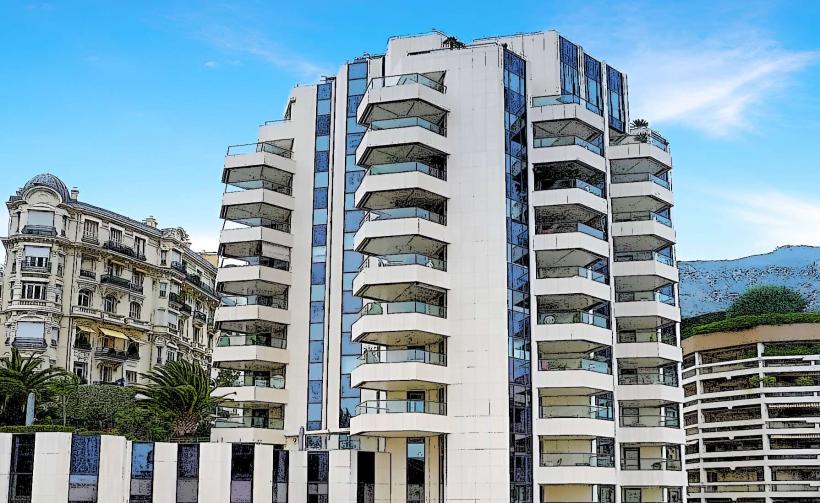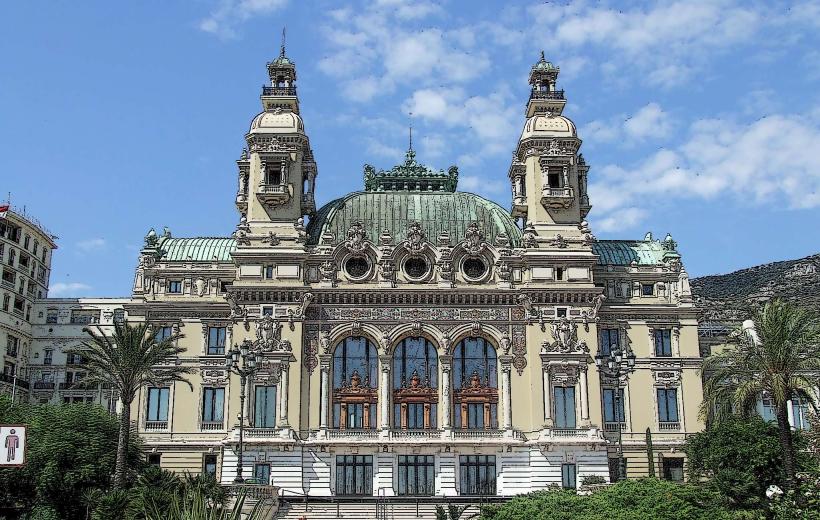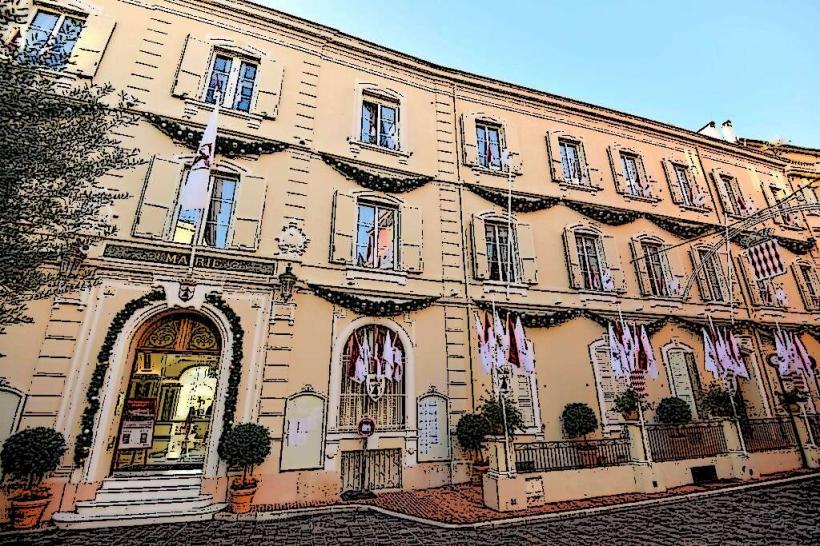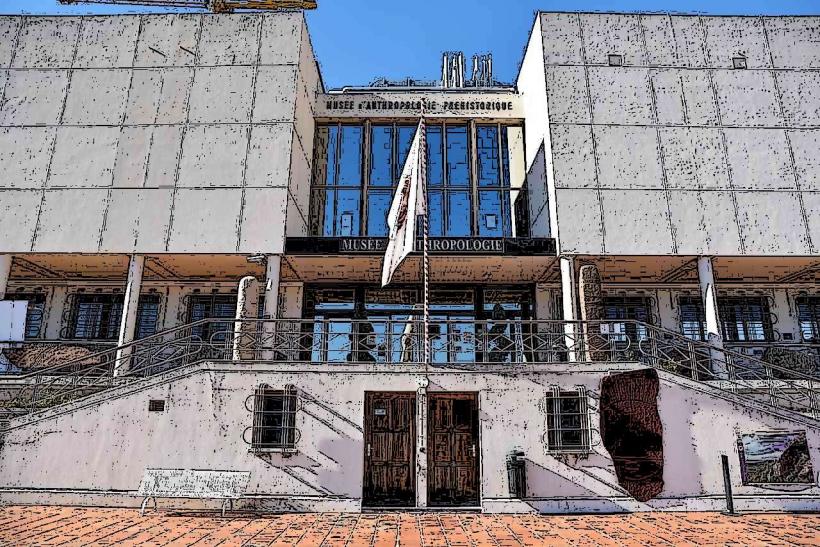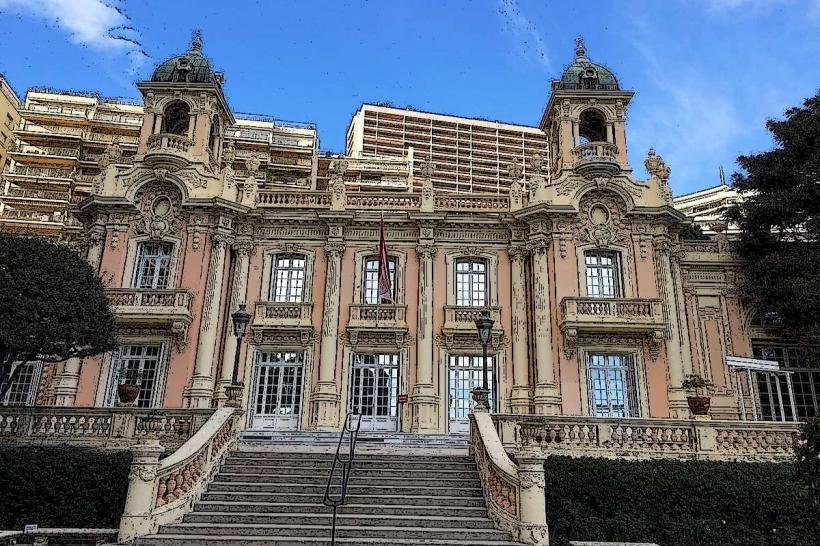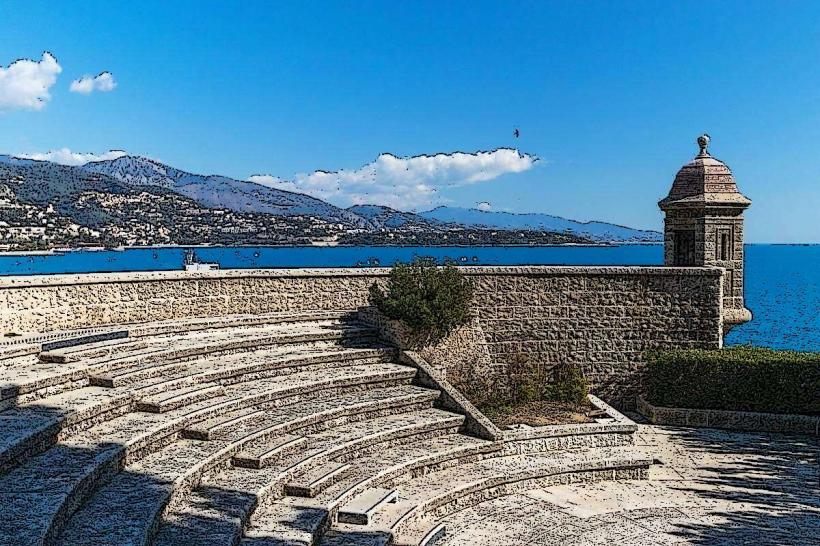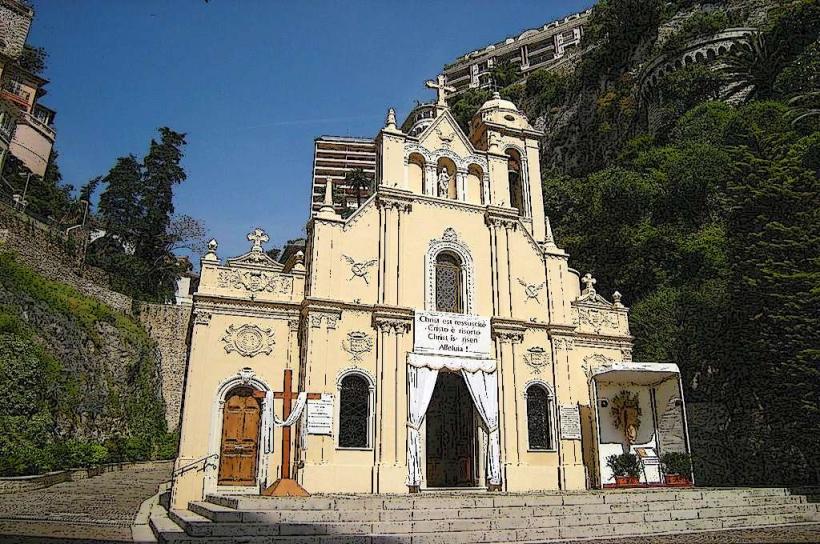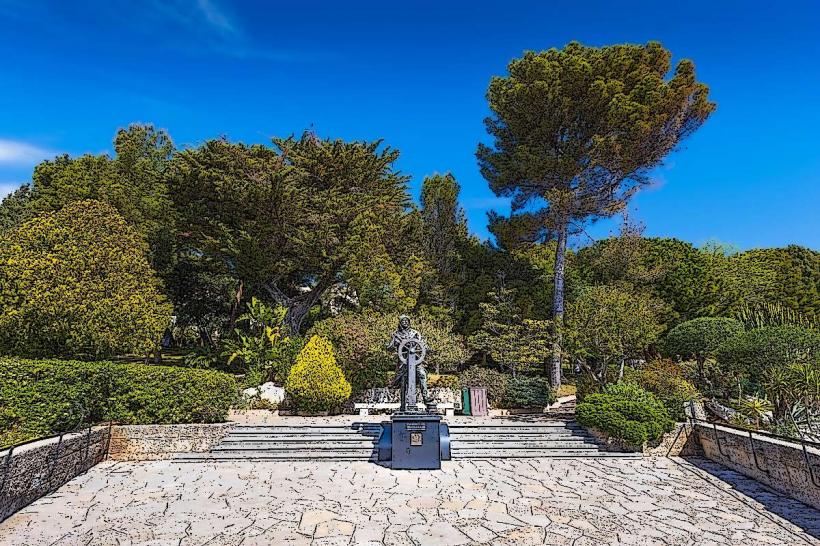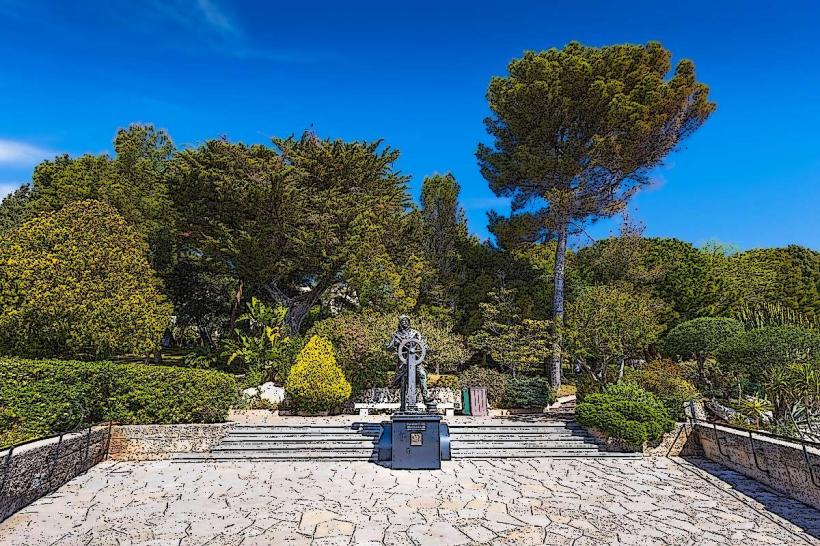Information
Landmark: Prince's Palace of MonacoCity: Monaco Ville
Country: Monaco
Continent: Europe
The Prince’s Palace of Monaco (Palais Princier)
Location: Monaco-Ville, also known as "Le Rocher" (The Rock), the historic old town of Monaco.
Current Function: The official residence of the Sovereign Prince of Monaco, currently Prince Albert II.
Historical Overview
Origins:
- Constructed in 1191 as a Genoese fortress, the site originally served as a military stronghold.
- In 1297, François Grimaldi, disguised as a monk, seized the fortress. This marked the beginning of the Grimaldi family's rule over Monaco.
Transformation into a Palace:
- Over the centuries, the fortress evolved into a lavish royal palace.
- Renaissance, Baroque, and Rococo influences were incorporated during various renovations.
Modern Role:
- It remains the administrative and residential center of Monaco's princely family.
- It is also a significant cultural and historical monument.
Architectural Features
Exterior:
- The palace retains its fortress-like appearance with towers and crenellated walls.
- The main façade, remodeled in the 17th century, showcases Italian Renaissance influence.
Interior Highlights:
- Hercules Gallery: Decorated with 16th- and 17th-century frescoes depicting mythological themes.
- State Apartments: Lavishly decorated rooms including:
- The Mirror Gallery, inspired by Versailles' Hall of Mirrors.
- The Throne Room, featuring a 19th-century Carrara marble throne and ceiling paintings by Orazio de Ferrari.
- Palace Chapel of Saint John the Baptist: A private chapel dating to the 17th century.
Court of Honor:
- Features an impressive double staircase and mosaic pavements made from 3 million pebbles.
Key Attractions
Changing of the Guard Ceremony:
- Held daily at 11:55 AM, performed by the Carabinieri (Monaco's ceremonial guards).
- A precise and traditional display attracting numerous visitors.
The Museum of Napoleonic Souvenirs and Archives of the Palace:
- Houses items belonging to Napoleon Bonaparte and historical documents related to Monaco's history.
Palace Gardens:
- Beautifully landscaped gardens offer breathtaking views of the Mediterranean Sea.
The Grimaldi Family
- The palace is home to the Grimaldi dynasty, Europe's oldest ruling family, with unbroken rule since 1297.
- Prince Albert II continues to reside here with his family.
Visitor Information
Access and Hours:
- Open to the public from April to October, while the princely family resides elsewhere.
- Closed during official functions or private events.
Guided Tours:
- Visitors can explore the State Apartments and view priceless artwork, furniture, and historical artifacts.
Tickets:
- Combined tickets are often available, including access to other Monaco attractions like the Oceanographic Museum.
Photography:
- Permitted only in certain areas; flash photography is restricted.
Nearby Attractions
- Monaco Cathedral: Burial site of Prince Rainier III and Princess Grace Kelly.
- Oceanographic Museum: A premier destination for marine science enthusiasts.
- Monaco Old Town: Filled with charming streets, souvenir shops, and cafés.
Significance
The Prince’s Palace of Monaco is more than a historical site; it is a living symbol of Monaco’s sovereignty, history, and cultural heritage. The palace continues to embody the grandeur and resilience of one of the smallest yet most celebrated principalities in the world.


